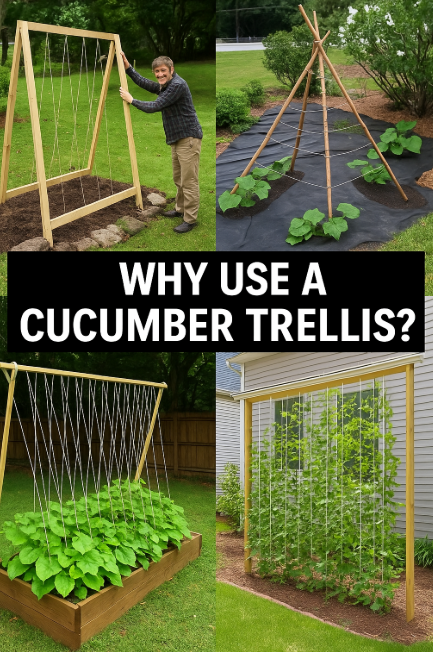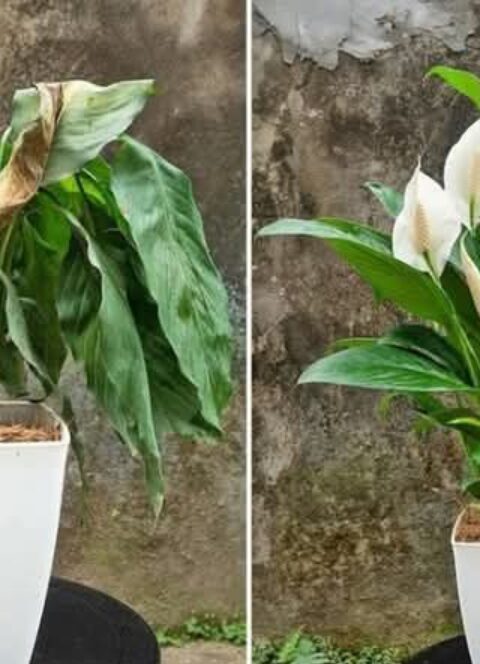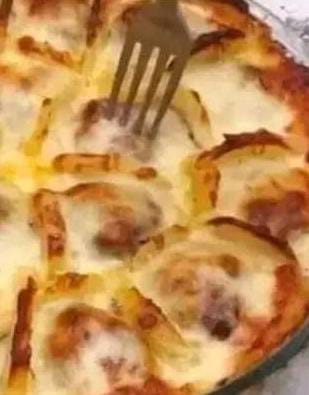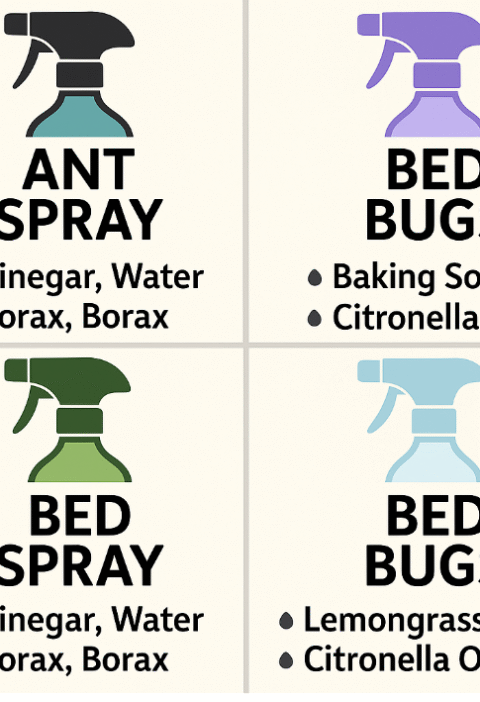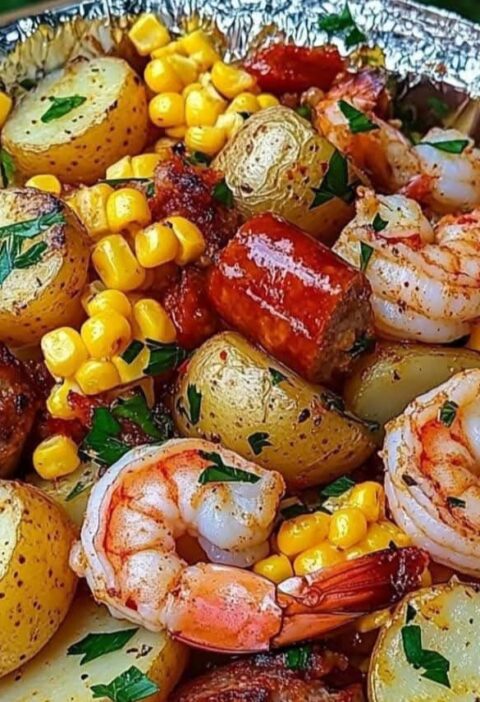🍃 Master Your Cucumber Harvest: 6 DIY Trellis Plans, Cost Comparisons & Expert Growing Guides
Struggling with sprawling vines and misshapen fruits? A well-designed trellis can revolutionize your cucumber patch, transforming tangled messes into tidy vertical gardens that yield more, ripen cleaner, and look stunning. Below, discover six detailed build plans with material breakdowns and price comparisons, plus design inspiration, troubleshooting tips, and companion planting guides to maximize every inch of your space.
🌿 Why Use a Cucumber Trellis?
- Space Efficiency: Train vines upward to free ground space for other crops.
- Pest & Disease Reduction: Improved airflow dries foliage and lifts fruit off damp soil.
- Higher Yields: Better light exposure encourages more blossoms and fruit set.
- Easy Harvest: Fruit hangs at eye level—no more hunting through leaves.
- Aesthetic Appeal: Vertical greenery adds structure and beauty to any garden.
🧰 In-Depth DIY Trellis Plans & Cost Comparisons
1. A-Frame Trellis
Materials & Cost
- 4 × 8 ft 2×2 cedar lumber: ~$8 each (×4 = $32)
- 2×4 top hinge board, 4 ft long: ~$7
- 1 roll galvanized wire mesh (4×10 ft): ~$15
- 24 × 2½″ wood screws: ~$5
- Total Estimate: ~$59
Step-by-Step Build
- Cut four 2×2 boards to 8 ft. These are the legs.
- Attach two legs at their tops with the 2×4 hinge board, creating two “A” sides.
- Lay a pair of A-frames flat; mark and pre-drill holes at 6-inch intervals for screws.
- Fasten wire mesh across each A-frame side using screws and washers.
- Stand the two panels upright, hinge-side up, forming a tent shape.
- Drive a 12″ rebar stake at each bottom corner for stability.
Tips & Variations
- Shade Integration: Plant lettuce or spinach beneath to benefit from partial shade.
- Fold-Flat Design: Install spring-loaded hinges to collapse for off-season storage.
2. Stakes & Twine Vertical Trellis
Materials & Cost
- 6 × 6 ft pressure-treated wooden stakes: ~$6 each (×6 = $36)
- 1 spool garden twine (500 ft): ~$4
- 12 × 10″ zip ties (optional): ~$3
- Total Estimate: ~$43
Step-by-Step Build
- Position stakes 6 ft apart along your row.
- Hammer stakes 1 ft into ground, leaving 5 ft above soil.
- Tie twine from the first stake to the last at 6″ intervals, making horizontal “ladders.”
- Use zip ties to secure twine at corners for extra durability.
- Train cucumber vines by weaving young tendrils through twine slots.
Tips & Variations
- Height Adjustment: Add an extra stake extension for taller vine varieties.
- Weatherproofing: Use UV-resistant twine to prevent early degradation.
3. Ladder-Style Trellis
Materials & Cost
- 1 × 6 ft wooden ladder (salvaged or purchased used): ~$20
- 2 × 2 ft rebar stakes: ~$3 each (×2 = $6)
- Twine or zip ties: ~$3
- Total Estimate: ~$29
Step-by-Step Build
- Lean ladder against fence or sturdy post at 60° angle.
- Drive rebar stakes into ground on each side of ladder to secure base.
- Use zip ties to fasten ladder legs to stakes for wind resistance.
- Begin training vines on the lowest rungs, gradually guiding upward.
Tips & Variations
- Decorative Style: Paint ladder in garden-themed colors to match décor.
- Mixed Planting: Grow morning glories or nasturtiums on alternate rungs for color contrast.
4. Wire or Cattle Panel Arch
Materials & Cost
- 1 panel cattle wire (16×4 ft): ~$30
- 2 T-posts (6 ft): ~$10 each (×2 = $20)
- 4 shock clamps or heavy-duty zip ties: ~$8
- Total Estimate: ~$58
Step-by-Step Build
- Bend cattle panel into semi-circular arch shape on a flat surface.
- Anchor ends of panel into ground 12″ deep at desired arch width.
- Drive T-posts 1 ft behind panel ends for rear support.
- Secure panel to T-posts with shock clamps or zip ties.
- Space planting holes at arch base and sow cucumber seeds or seedlings.
Tips & Variations
- Integrated Pathway: Create two parallel arches with mulch walkway between for a green walkway.
- Seasonal Rotation: Swap cucumbers for peas in early spring for extended use.
5. Upside-Down Tomato Cage
Materials & Cost
- Standard 5 ft tomato cage: ~$10
- 2 ft rebar stakes or metal rods: ~$4 each (×2 = $8)
- Garden twine or zip ties: ~$3
- Total Estimate: ~$21
Step-by-Step Build
- Invert tomato cage so rings face upward.
- Drive rebar stakes through cage legs into soil for stability.
- Tie the top ring to a sturdy overhead beam or pergola rafter (optional) for vertical growth indoors or on patio.
- Plant cucumbers at each cage leg and train vines upward.
Tips & Variations
- Container Use: Place inverted cage in a large pot for balcony gardens.
- Mix & Match: Combine with climbing beans for a multi-crop tower.
6. Wall or Fence Trellis
Materials & Cost
- Garden netting (6×8 ft): ~$12
- 10 heavy-duty hooks or nails: ~$5
- Wood lattice panel (optional for wood fences): ~$15
- Total Estimate: $17–$32 depending on lattice use
Step-by-Step Build
- Mark trellis area on fence or wall—at least 6 ft tall.
- Install hooks or nails at corners and midpoints.
- Attach netting or lattice via hooks, pulling taut.
- Plant cucumbers along wall base; guide vines onto mesh as they grow.
Tips & Variations
- Vertical Herb Mix: Grow basil or parsley at the trellis foot—harvest without bending.
- Color Pop: Paint lattice in bright hues for garden artistry.
🎨 Additional Design Inspiration
- Nordic Minimalist Loft: Sleek metal mesh trellis against pale walls, paired with pebble mulch and rattan stools.
- Tropical Veranda: Bamboo A-frames draped with flowering vines—create a jungle oasis.
- Urban Container Garden: Upside-down cages repurposed on balconies; mix with trailing ivy for privacy screens.
- Edible Fence: Combine wall trellis with vertical herb planters—maximize flavors and textures.
🔧 Troubleshooting Tips
| Problem | Symptom | Likely Cause | Fix |
|---|---|---|---|
| Vine Slippage | Tendrils fail to grip | Twine too smooth or vine too heavy | Add jute twine sections or netting with smaller gaps |
| Leaning Structure | Trellis tilts under fruit load | Insufficient anchoring | Use deeper stakes or guy wires to stabilize |
| Broken Panels | Cracked wood or bent metal | Age, moisture, or heavy winds | Choose rot-resistant cedar or galvanized steel; recoat annually |
| Poor Fruit Set | Few or misshapen cucumbers | Low light or nutrient deficiency | Ensure 6–8 hrs sun; add balanced fertilizer and compost tea |
🌱 Companion Planting & Related Guides
Boost cucumber health by planting:
- Beans & Peas: Fix nitrogen for lush foliage.
- Radishes: Deter cucumber beetles and loosen soil.
- Marigolds & Nasturtiums: Repel aphids and whiteflies.
- Dill & Coriander: Attract beneficial predatory insects like ladybugs and lacewings.
Rotate trellis locations yearly to prevent soil-borne diseases. Incorporate green manures (clover) in off-season to replenish nutrients.
📖 Further Reading & Resources
- How to Improve Garden Soil Naturally
- 12 Perfect Companion Plants for Vegetables
- Best Organic Fertilizers for Your Veggies
❓ Frequently Asked Questions
- What’s the best height for a trellis?
Aim for 6–8 ft to accommodate most cucumber varieties. - Can I reuse old materials?
Yes—salvaged ladders, reclaimed wood, and leftover netting work well if structurally sound. - How far apart should I plant cucumbers?
Space seedlings 12–18″ from trellis base, allowing room for root growth. - Do I need fertilizer?
Side-dress with compost or balanced N-P-K fertilizer once vines reach 2 ft tall. - How do I prune vines?
Pinch off lateral shoots below the sixth leaf to focus energy on main stem. - Can trellis help deter pests?
Elevated fruit suffer fewer ground-dwelling pests; pair with companion plants for full protection. - What’s the easiest trellis for beginners?
Stakes & twine—quick setup and minimal tools required. - How do I clean my trellis after season?
Remove plant debris, scrub with mild bleach solution, rinse and allow to dry before storage. - Can I grow other crops on the same trellis?
Yes—peas, beans, and even small melons can share supports if weight is managed. - How long will a trellis last?
Cedar or galvanized steel trellises can last 5–10 years with proper maintenance.
🚀 Conclusion
With these six detailed trellis plans, cost comparisons, design ideas, and expert growing tips, you have everything you need to build a thriving vertical cucumber garden. Lean on companion planting, troubleshoot proactively, and rotate placements to maintain soil health. Your garden will reward you with cleaner, easier harvests and a beautiful living structure that delights all season long. Happy building and even happier harvesting!
